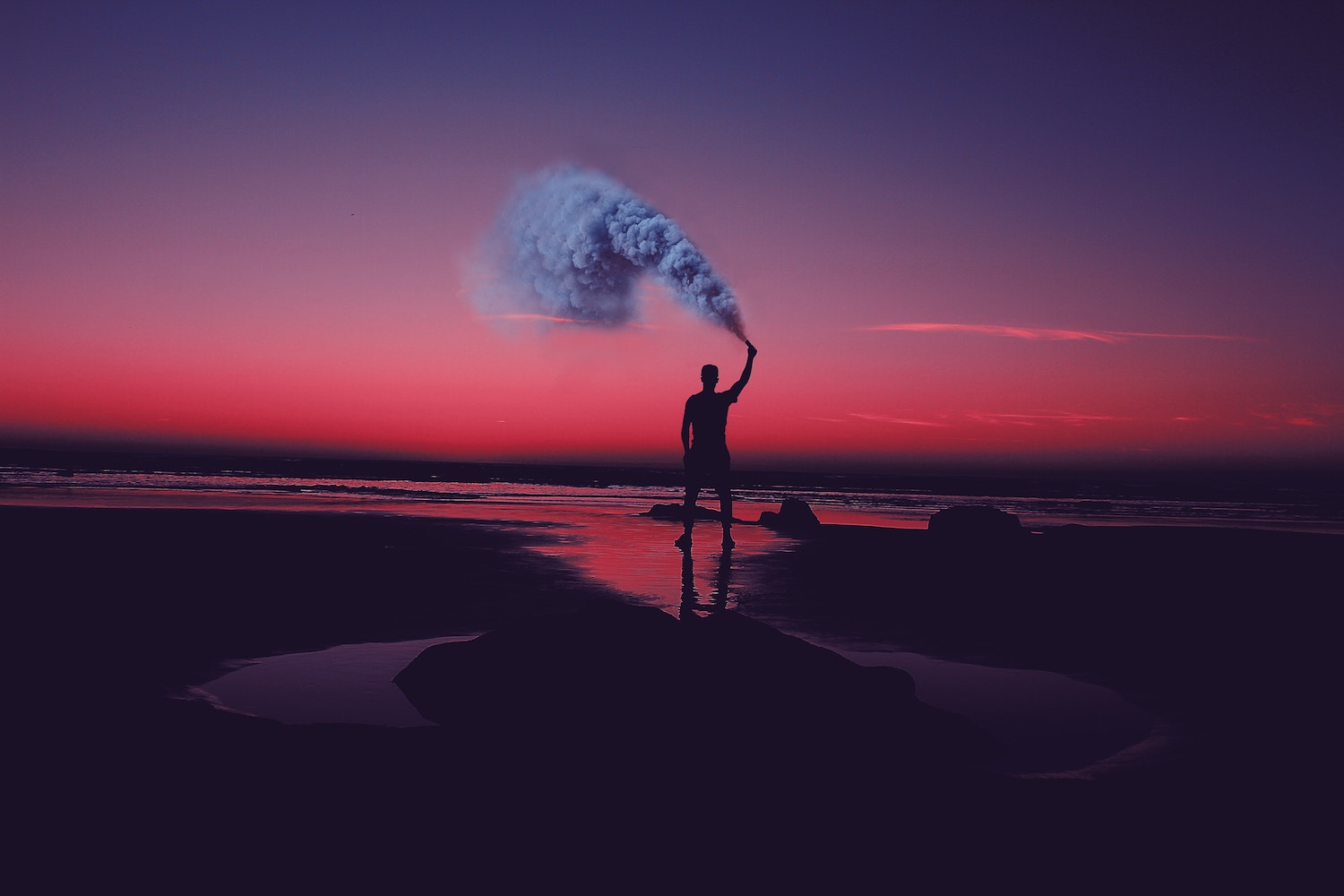We Need Radical Imagination
Imagination, as Hawaiian Native rights advocate Poka Laenui describes it, is more than an antidote to hopelessness. It is a source of power.By Sarah van Gelder
YES! Magazine
yesmagazine.org There are many consequences to the near daily barrage of lies, violence, bigotry, and vulgarity produced by the Trump administration. One impact: This atmosphere crowds out space for imagining and creating new possibilities. So it was refreshing to hear that for Poka Laenui, radical imagination is not dead. His favorite thing to imagine: What his beloved Hawai’i will be like once it regains sovereignty. Laenui is one of the leading voices for Hawaiian independence, a radio host, attorney, convener of the Hawaiian National Transition Authority, and an international advocate of indigenous peoples recognized for his work at the United Nations. Imagination, as Laenui describes it, is not only an antidote to hopelessness. It is a source of power, and when it is missing, it weakens the spirit. Laenui is inspired by Native Hawaiian storytellers—the prophets, he calls them, who traditionally created “imagery and dreams, and let them fly, so other people [could] understand and participate.” Today, Laenui tells such stories—or prophecies—himself. And he encourages others to do the same. “Begin the dreaming process!” he says, explaining. “If I prophesize wrong, at least other people will be inspired to try it themselves. Otherwise we just grumble about what we don’t have.”

His recent prophecy takes the form of a fictional guide for a visitor to Hawai’i in the year 2035. The story describes life in Hawai’i once it regains sovereignty, which was taken from the Hawaiian people in 1893 with the overthrow and imprisonment of Queen Liliʻuokalani and the subsequent annexation by the United States. In Laenui’s imagination, by 2035, the island nation has not only recovered political independence but also some of the foundational concepts of Hawaiian indigenous culture. The values of Domination, Individualism and Exclusion, what Laenui calls the DIE culture that predominated under colonial rule, have given way to traditional Hawaiian values of Oluolu (comfort, non-domination, compatibility), Lokahi (group consciousness and effort), and Aloha (inclusiveness, with a sense of humanity, love, caring). Laenui refers to this Hawaiian-based culture as OLA, which, he points out, is also a Hawaiian/Polynesian word for life and health. In Laenui’s prophecy, the economy is founded on the principle of self-sufficiency for necessities—which contributes to a sense of security for a nation thousands of miles from major ports. Traditional agriculture, foods, and fishing practices are making a comeback, along with a culture of reciprocity with the natural world. The nation has adopted a strict non-aggression stance, but has the capacity to defend itself should need arise. Massive U.S. military bases and bombing ranges are no longer on the islands—the land has been returned to agriculture. Health and well-being is a central concern, beginning when mothers first conceive and the community comes together to support the mother-to-be and her child. Is there room for non-indigenous people to participate in this newly independent nation, I wonder? (Asking for a friend.) The culture of OLA is deeper than any one tradition, he tells me. It is echoed in cultures from all over, like the Ubuntu philosophy of South Africa. Although deeply informed by the ancestors of today’s Hawaiians, it is important to be critical of past practices, even those of our ancestors, he says. “We uplift ancestors as if they are gods,” he said. “We have to be willing to criticize our ancestors. We are not moving to the past; we are free to move as we determine!” Moreover, it is difficult to determine who is a Native Hawaiian. Intermarriage means many people are Hapa (“a little of this, a little of that”), he said. The Hawaiian culture is accepting of people of all races. East Asians, for example, make up a large percentage of the populations in Hawai’i, and Buddhism and other Asian traditions already add much to the evolving Hawaiian culture. This doesn’t worry Laenui, nor is he worried about non-Native Hawaiians speaking the Hawaiian language or practicing the culture. “The more people who adopt our culture, the more will, over time, see themselves as Hawaiian,” he said. “The more people we include, the more powerful and supported we are.” Sarah van Gelder wrote this article for YES! Magazine. Sarah is a co-founder and columnist at YES!, founder of PeoplesHub, and author of “The Revolution Where You Live: Stories from a 12,000-Mile Journey Through a New America.” Read more about her work here, and follow her on Twitter @sarahvangelder. This article originally appeared on YES! Magazine. It is published under a Creative Commons license.
Join the Conversation

